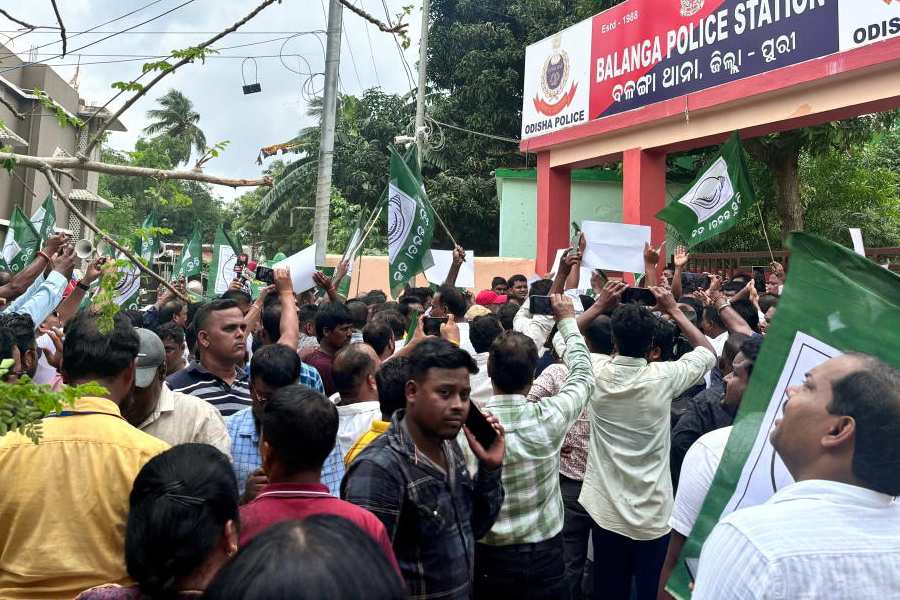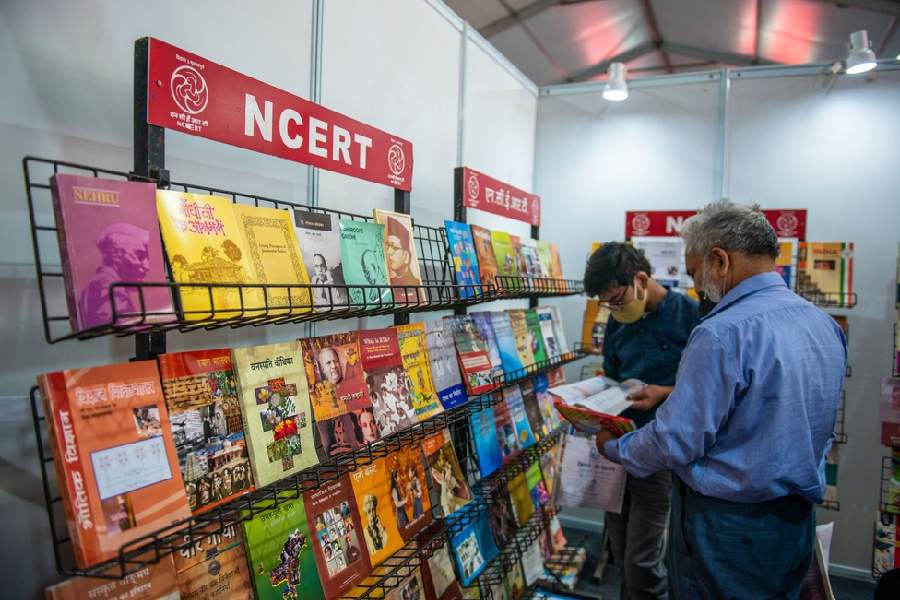 |
| Regional Medical Research Centre, Bhubaneswar. Telegraph picture |
Cuttack, April 17: Preliminary investigation by the Regional Medical Research Centre, Bhubaneswar, of the Indian Council of Medical Research indicates that contamination of land by minerals and industrial effluents or fertilisers and pesticides could possibly be behind the incidence of kidney failures in Narsinghpur and Badamba blocks of Cuttack district.
A team from the Bhubaneswar centre had undertaken epidemiological investigation into the reported cases of kidney failures in the blocks at the behest of the district administration.
Director of the Bhubaneswar centre S.K. Kar had recently submitted a preliminary report of investigation to the Cuttack collector, while assuring that “further action is being taken in consultation with the council”.
Door-to-door survey at three villages since the last week of February had revealed 33 cases of renal failure and 30 deaths.
“People at these villages depend on farming for their livelihood. The villages are situated adjacent to the Mahanadi riverbank as well as foothill areas, so the land is likely to have minerals and industrial effluent contamination via river water from upland areas. Besides, people grow vegetables such as cabbage, beans, brinjal, tomatoes and legumes. Consumption of pulses and legumes is apparently higher in the area. Use of fertilisers and pesticides are also prevalent in this area,” the report said.
“From the observations, it is proposed to investigate further to proceed towards finding the cause in collaboration with the state health department, specialised institutes in the state and the council institutes such as the National Institute of Nutrition, Hyderabad,” the report said.
According to the report, the centre plans to generate information on similar problems in the nearby district and conduct an epidemiological survey to look for further clues. Looking for concentration of heavy metals and minerals in water sources, soil, pulses and legumes or food grains consumed in the area and searching for other toxicants, including pesticides, preservatives and industrial effluents and pathological investigation to identify the type of renal disease form part of the plan. The centre also planned to look for genetic abnormality or differential feeding or eating habits between males and females, considering male predominance of cases, the report said.
Official sources said the district administration had earlier conducted investigations in Narsinghpur and Badamba blocks with the help of the rural water supply and sanitation wing twice following media reports in February 2011. But, the cause for incidence of kidney diseases could not be ascertained.
Local social activist Bijay Panda alleged that over 300 persons were suffering from kidney related ailments in 34 villages of Narsinghpur block alone and several had died.
The Utkal Kidney Foundation had conducted a free examination of the villagers in Narsinghpur in two phases on January 8 and March 4 last year. Foundation director Nisith Mohanty said altogether 275 persons were examined and 65 per cent of them were found to be suffering from renal dysfunction and 15 per cent of them were detected with advanced kidney failure.










